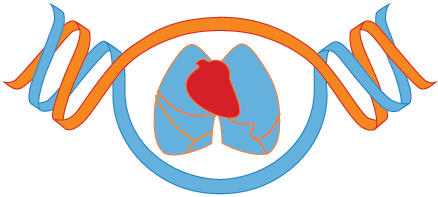- Get Started
- Centers
- Administrative Coordinating Center (ACC)
- Informatics Research Center (IRC)
- NIH
- Omics Centers
- Baylor Human Genome Sequencing Center
- Baylor-UTHealth Metabolomics Center
- Broad Institute Genomics Platform
- Broad Institute Metabolomics Platform
- Broad Institute and Beth Israel Proteomics Platform
- Illumina
- Keck MGC
- New York Genome Center Genomics
- Northwest Genomics Center
- New York Genome Center RNA-seq
- Psomagen
- Projects/Studies
- Working Groups
- Data
- Publications
- EEP
- ELSI
- Workshops
Recommendations on the use and reporting of race, ethnicity, and ancestry in the NHLBI Trans-Omics for Precision Medicine (TOPMed) program
Updated 11/12/2022
Recommendations on the use and reporting of race, ethnicity, and ancestry in genetic research: experiences from the NHLBI Trans-Omics for Precision Medicine (TOPMed) program is now published here (PMID: 36119389).
Box I. Summary of recommendations on the use and reporting of race, ethnicity, and ancestry in genomics research.
- Terminology
1.1 Explicitly distinguish between variables that derive from non-genetic, reported information versus genetically inferred information.
1.2 Avoid using terms that are historically linked to hierarchical, racial typologies.
1.3 Follow standards from publishers, including the APA’s guidelines on bias-free language regarding racial and ethnic identity and the AMA Manual of Style.
- Harmonization of race and ethnicity across studies
2.1 Clearly describe the source data for race and ethnicity information from. each study when using harmonized variables.
2.2 Avoid assuming that non-genetic, reported variables are by self-report.
2.3 Avoid applying US race categories to participants of studies based outside of the US.
2.4 Preserve specific population information when possible rather than prematurely collapsing different populations into broader categories
- Analysis
3.1 Articulate and justify why race, ethnicity, or ancestry variables were used in a given analysis.
3.2 Consider that while using race or ethnicity as a covariate may explain trait variation due to social factors, it may also reinforce harmful stereotypes.
3.3 Avoid using reported race or ethnicity as a proxy for genetic ancestry or using genetic ancestry to represent race or ethnicity.
3.4 Focus attention on pooled- or meta-analysis results of all participants.
3.5 Consider potential benefits versus potential harms when thinking about whether and how to conduct a population-specific analysis.
- Reporting
4.1 Acknowledge the broader social context of health and healthcare disparities when invoking these disparities as a justification for genomic research.
4.2 Avoid reinforcing the idea that race and ethnicity are genetic concepts when presenting genetically derived data.
4.3 Describe participants in alignment with their communities' preferences and study-specific reporting guidelines.
4.4 Avoid generalizing from a single population to represent another, broader population.

